![Feldman, Morton : For John Cage (Hat [now] ART) Feldman, Morton : For John Cage (Hat [now] ART)](https://www.teuthida.com/productImages/misc4/23239.jpg)
Morton Feldman was a friend, flatmate and student of John Cage's innovative approaches to composition; he wrote this 3 part work for violin and piano in 1982 as a 70th birthday present for Cage, here performed by violinist Josje Fosie Ter Haar and pianist John Snijders.
Out of Stock.
Quantity in Basket: None
Log In to use our Wish List
Shipping Weight: 3.00 units
EU & UK Customers:
Discogs.com can handle your VAT payments
So please order through Discogs
Sample The Album:
Morton Feldman-composer
Josje Fosie Ter Haar-violin
John Snijders-piano
Click an artist name above to see in-stock items for that artist.
UPC: 752156016021
Label: Hat [now] ART
Catalog ID: Hat[now]ART160
Squidco Product Code: 23239
Format: CD
Condition: New
Released: 2016
Country: Switzerland
Packaging: Cardboard Gatefold
Recorded at Sendesaal Hessischer Rundfunk, in Frankfurt, Germany, on November 17th and 18th, 1997, by Thomas Eschler.
"Morton Feldman stated, "The degrees of stasis, found in a Rothko or Guston, were perhaps the most significant elements I brought to my music from painting. For me, stasis, scale, and pattern have put the whole question of symmetry and asymmetry in abeyance." ... Typically, as is the case in For John Cage, Feldman presents a pattern (or sequence) of notes and for chords, and may repeat them an unpredictable and asymmetrical number of times, until they are succeeded by the next pattern, but the pattern is never developed, reorganized, or manipulated in any conventional fashion. Thus successive patterns are linked (or woven) together in an ongoing fabric of music, and an individual pattern may appear to be static, unchanging, unmoving.This is an illusion, however, since movement may be alternately measured by speed, emphasis (or attack), and (instrumental) color."-Art Lange
Artist Biographies
• Show Bio for Morton Feldman "Morton Feldman was born in New York in 1926 and died there in 1987. Just like Cage, a close friend, he was an American composer - an American artist - an American in the true sense of the word. He identified himself by differentiating his views on composition from those of his colleagues in Europe. He was proud to be an American because he was convinced that it enabled him the freedom, unparalleled in Europe, to work unfettered by tradition. And, he was an American also in what may have been a slight inferiority complex in the face of cultural traditions in Europe, something he proudly rejected and secretly admired. Like any true artist, Feldman was endowed with a sensitivity for impressions of a wide variety of sources, literature and painting in particular. His affinity to Samuel Beckett has enriched music literature by a unique music theatre piece, Neither, and two ensemble works. His friendship with abstract impressionist painters gave birth to a range of masterpieces, Rothko Chapel in particular. But even the knotting of oriental rugs gave Feldman musical ideas (The Turfan Fragments). To the question as to why he preferred soft dynamic levels, he replied: "- Because when it's loud, you can't hear the sound. You hear its attack. Then you don't hear the sound, only in its decay. And I think that's essentially what impressed Boulez . That he heard a sound, not an attack, emerging and disappearing without attack and decay, almost like an electronic medium. Also, you have to remember that loud and soft is an aspect of differentiation. And my music is more like a kind of monologue that does not need exclamation point, colon, it does not need..." Feldman also had an intriguing reply up his sleeve when it came to answering the question why he composed in the first place: "You know that marvellous remark of Disraeli's? Unfortunately, he was not a good writer, but if he was a great writer, it would have been a wonderful remark. They asked him whydid he begin to write novels. He said because there was nothing to read. (laughs). I felt very much like that in terms of contemporary music. I was not really happy with it. It became like a Rohrschach test". More than twenty years since his death, Morton Feldman's music is as alive as ever." ^ Hide Bio for Morton Feldman • Show Bio for Josje Fosie Ter Haar "Dutch violinist Josje ter Haar can just barely keep up with all the ensembles and orchestras in which she plays. A thoroughbred musician, her calendar is full, actually overflowing - like her ambition. She wants to, and has to, make music, and in as many different areas as possible. One might actually think that Josje ter Haar was born in a violin, since it clearly is her life. "I don't know what else I would do if I didn't play violin." She caught the spark of this passionate love for the instrument on Curacao, at the age of 9; her brother Job was 7. "We were sitting under the flamboyant tree, and my parents asked us if we wanted to play music and what instrument we wanted to play. Job chose cello. I always say cellists are born, not made. I fell for the violin at age 9. "It would become the love of her life. "My parents went to Curacao for the adventure. My father got a job setting up a school for the deaf and hard of hearing, and my mother also worked in education." Violinist Josje ter Haar reminisced about her carefree childhood on Curacao with a loving smile. "It was a time of freedom, and it was a fantastic musical environment. My parents were both amateur musicians and really encouraged Job and me. They had both studied organ and we had all kinds of spinets and harpsichords at home. They also played a lot of classical music on LP. I used to listen to Brahms and a lot of Bach. We also played a lot together as a foursome." She is known for Floreal String Quartet; Strijktrio Holland (Holland String Trio); and is a founding member of Ives Ensemble" ^ Hide Bio for Josje Fosie Ter Haar • Show Bio for John Snijders "John Snijders was born in Heemskerk (the Netherlands) in 1963. He studied at the Royal Conservatory The Hague with Geoffrey Madge (piano), Stanley Hoogland (fortepiano) and Louis Andriessen (composition). In 1985 he won first prize at the Berlage Competition for Dutch chamber music. He performed as soloist with a.o. the BBC Scottish Symphony Orchestra, The Brussels Philharmonic, The Hague Philharmonic, Dutch Radio Philharmonic Orchestra, Radio Chamber Orchestra and Dutch Radio Symphony Orchestra. From 1988 until 2013 he was a member of the Nieuw Ensemble Amsterdam. In 1986 he founded the Ives Ensemble, of which he continues to be pianist and artistic director. Since 2013 he is a member of the contemporary music groups Ensemble7Bridges and E7B Soundlab. Both as a soloist and with these groups he has performed extensively at most major music festivals in Europe such as Festival d'Automne (Paris) Huddersfield Contemporary Music Festival (UK), Wien Modern (Vienna), Ars Musica (Brussels), Musica (Strasbourg), Settembre Musica (Turin), Bienale di Venezia (Venice). Furthermore he has worked extensively as a rehearsal coach for Netherlands Opera, Dutch Travel Opera, Holland Festival, WDR Köln, English National Opera. In 2008 he was teacher of piano and chamber music at the Festival Internacional de Inverno de Campos de Jordão (Brazil). Also in 2008 he was awarded the Muziekgebouw Prize 2008 for the performance of NYConcerto for piano and chamber orchestra by Richard Rijnvos. Several composers wrote pieces especially for him such as Gerald Barry, Christopher Fox, Richard Rijnvos, Gerard Brophy, Ivo van Emmerik, Rodney Sharman, Richard Ayres and Clarence Barlow. Since January 2013 he is head of Music Performance at Durham University. His research interests focus on piano performance practice in the 19th century, the American avant-garde, especially Morton Feldman and John Cage, music of extended duration, establishing connections between contemporary music and contemporary visual arts, and sound art." ^ Hide Bio for John Snijders
7/7/2025
Have a better biography or biography source? Please Contact Us so that we can update this biography.
7/7/2025
Have a better biography or biography source? Please Contact Us so that we can update this biography.
7/7/2025
Have a better biography or biography source? Please Contact Us so that we can update this biography.
Track Listing:
1. For John Cage (1982): Part 1 25:17
2. For John Cage (1982): Part 2 20:37
3. For John Cage (1982): Part 3 23:17
Compositional Forms
Avant-Garde
Duo Recordings
Piano & Keyboards
Stringed Instruments
Hat Art
Last Copy of Items that will not be restocked...
Search for other titles on the label:
Hat [now] ART.


![Feldman, Morton : For John Cage (Hat [now] ART) Feldman, Morton : For John Cage (Hat [now] ART)](https://www.teuthida.com/productImages/full/23239.Full.jpg)
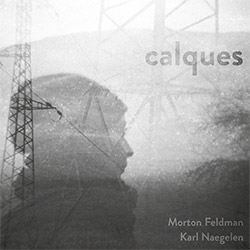
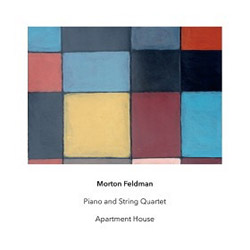
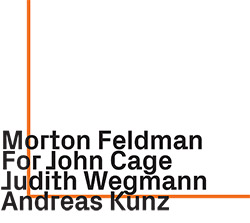
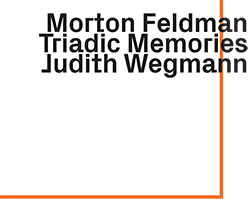
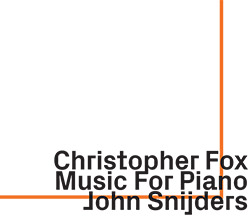
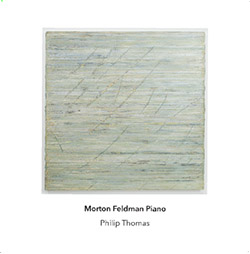
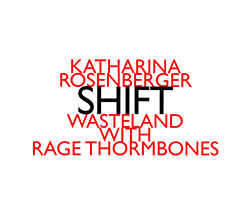
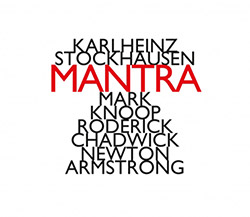
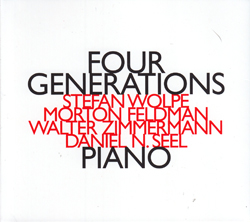
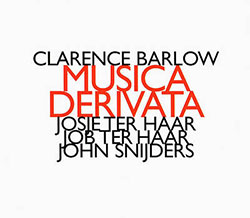
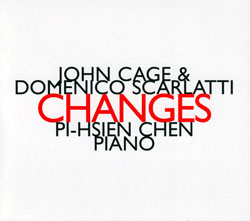
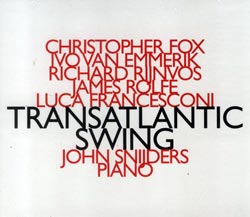
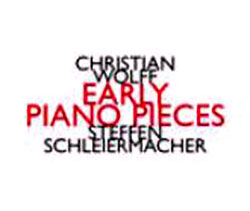
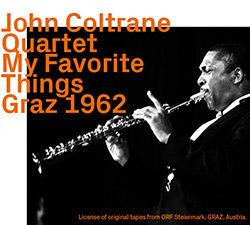
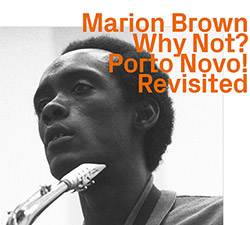
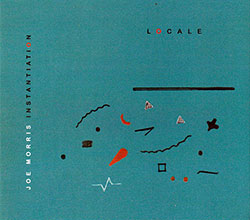
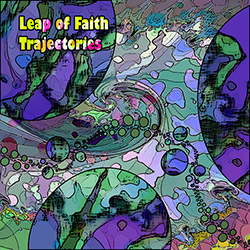
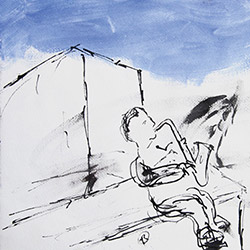
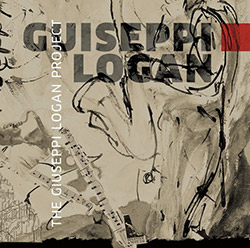
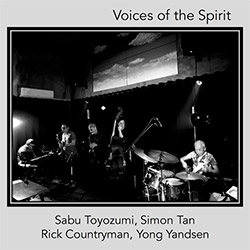
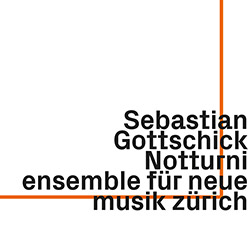
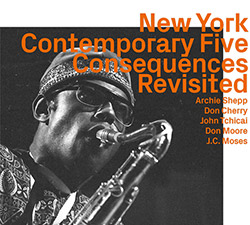

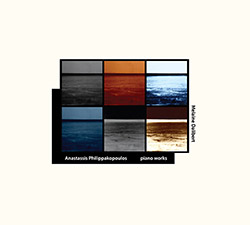
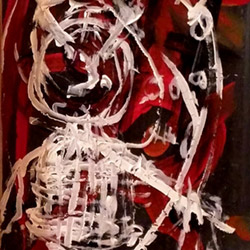
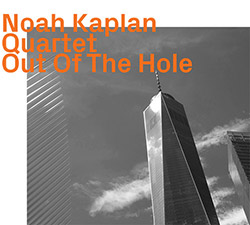

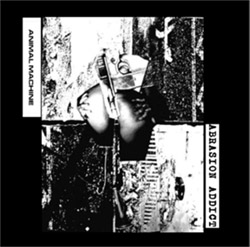

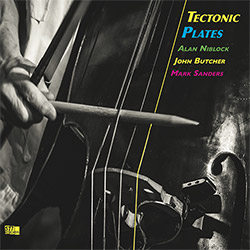
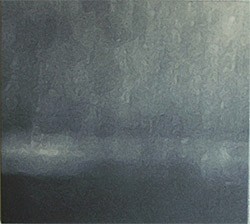
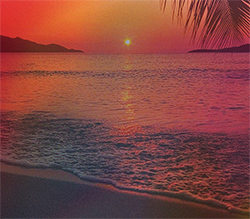
![+DOG+: The Light Of Our Lives [2 CDs]](https://www.teuthida.com/productImages/misc4/36009.jpg)

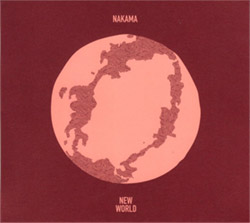
![Parker, Evan / Jean-Marc Foussat: Insolence [VINYL]](https://www.teuthida.com/productImages/misc4/36398.jpg)
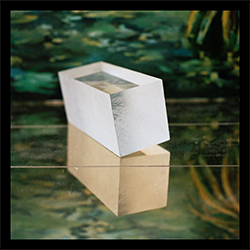
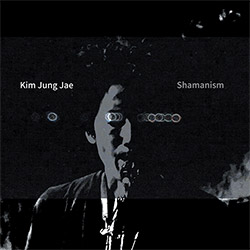
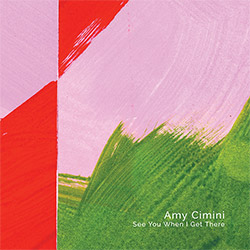
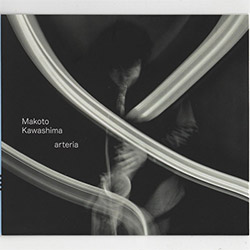
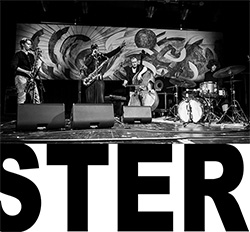
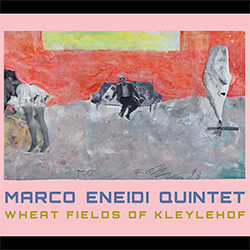
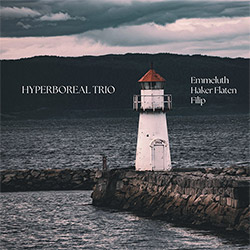
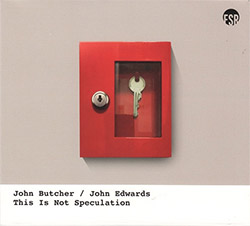
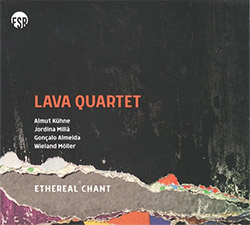
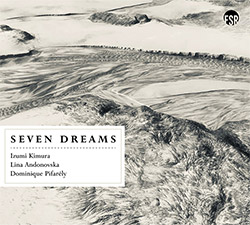
![Deupree, Jerome / Sylvie Courvoisier / Lester St. Louis / Joe Morris: Canyon [2 CDs]](https://www.teuthida.com/productImages/misc4/36404.jpg)

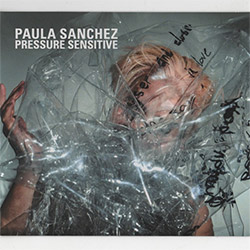
![Eternities: Rides Again [CASSETTE]](https://www.teuthida.com/productImages/misc4/36247.jpg)

![Lopez, Francisco: Untitled (2021-2022) [2 CDs]](https://www.teuthida.com/productImages/misc4/36438.jpg)
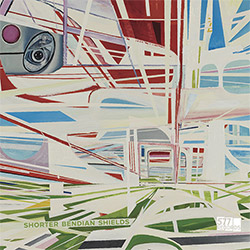


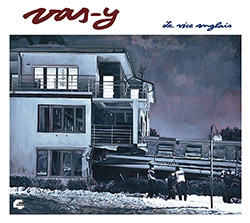
![Eventless Plot | Haarvol: The Subliminal Paths [CASSETTE + DOWNLOAD]](https://www.teuthida.com/productImages/misc4/36232.jpg)
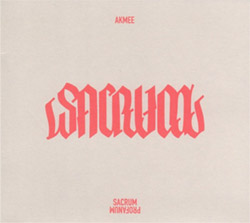

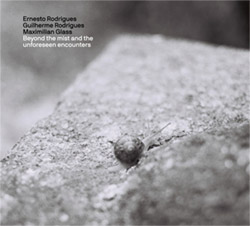
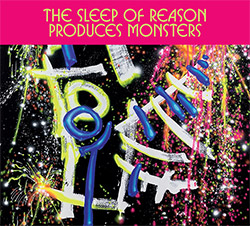
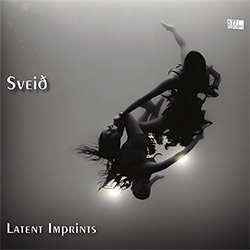
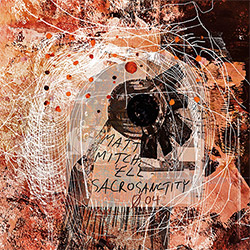
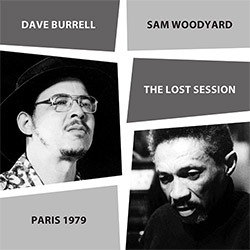
![Eventless Plot | Francesco Covarino: Methexis [CASSETTE + DOWNLOAD]](https://www.teuthida.com/productImages/misc4/36231.jpg)
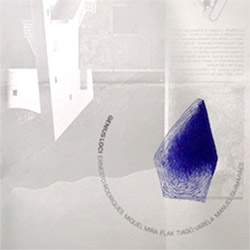
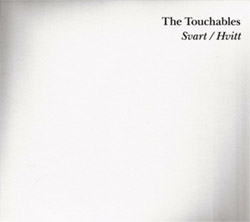
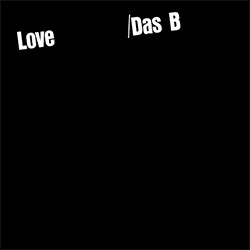
![Das B (Mazen Kerbaj / Mike Majkowski / Magda Mayas / Tony Buck): Love [VINYL]](https://www.teuthida.com/productImages/misc4/36329.jpg)
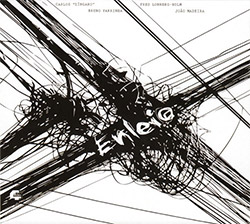
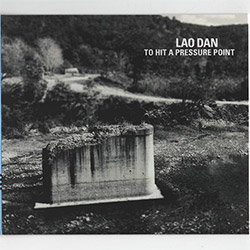
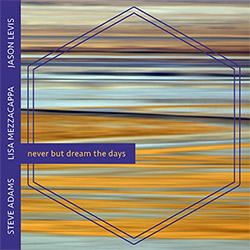
![Hemphill Stringtet, The: Plays the Music of Julius Hemphill [VINYL]](https://www.teuthida.com/productImages/misc4/36409.jpg)
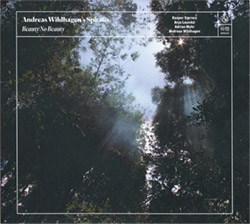
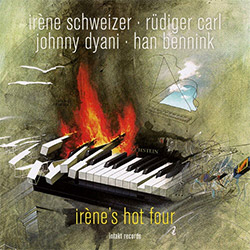
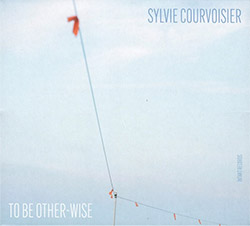


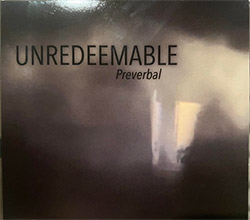
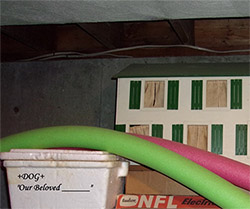
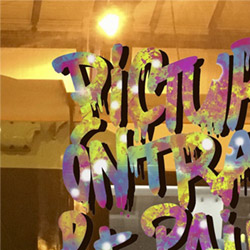
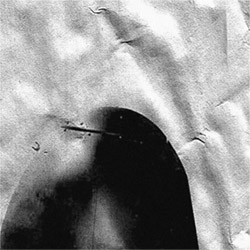
![Money : Money 2 [2 CDs]](https://www.teuthida.com/productImages/misc4/35894.jpg)
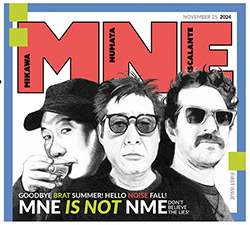

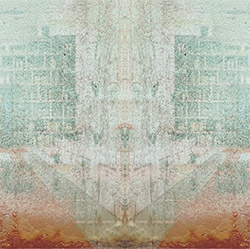
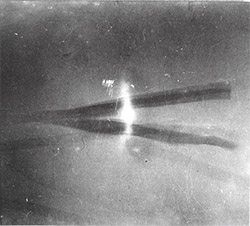
![Klinga, Erik: Elusive Shimmer [VINYL]](https://www.teuthida.com/productImages/misc4/36258.jpg)
![CHANGES TO blind (Phil Zampino): Volume 9 - I Wave on a Fine Vile Mist [CD + DOWNLOAD]](https://www.teuthida.com/productImages/misc4/36061.jpg)

![Wallmart / Rubbish: Asset Protection [split CD]](https://www.teuthida.com/productImages/misc4/35900.jpg)
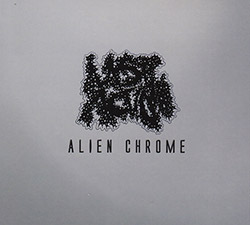
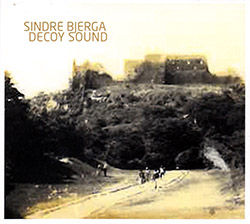
![+Dog+: The Family Music Book Vol. 5 [2 CDs]](https://www.teuthida.com/productImages/misc4/35897.jpg)
![Kuvveti, Deli : Kuslar Soyledi [CASSETTE w/ DOWNLOAD]](https://www.teuthida.com/productImages/misc4/36107.jpg)
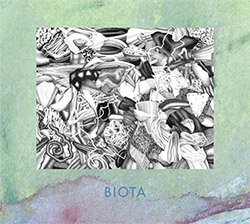
![Nakayama, Tetsuya: Edo Wan [CASSETTE w/ DOWNLOAD]](https://www.teuthida.com/productImages/misc4/36105.jpg)

![Brown, Dan / Dan Reynolds: Live At The Grange Hall [unauthorized][CASSETTE]](https://www.teuthida.com/productImages/misc4/36245.jpg)


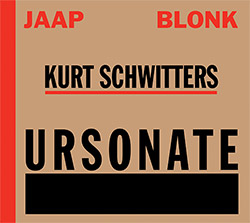
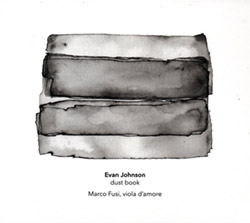
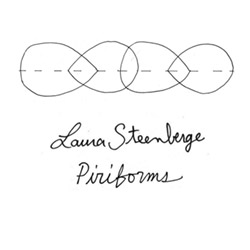
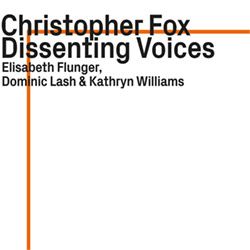

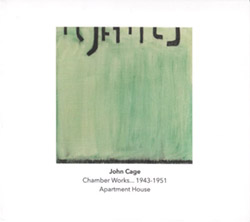
![Palestine, Charlemagne / Seppe Gebruers: Beyondddddd The Notessssss [VINYL]](https://www.teuthida.com/productImages/misc4/36206.jpg)
![Palestine, Charlemagne / Seppe Gebruers: Beyondddddd The Notessssss [NEON GREEN VINYL]](https://www.teuthida.com/productImages/misc4/36207.jpg)
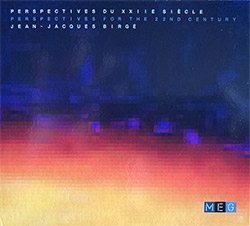
![Laubrock, Ingrid: Purposing The Air [2 CDs]](https://www.teuthida.com/productImages/misc4/35639.jpg)
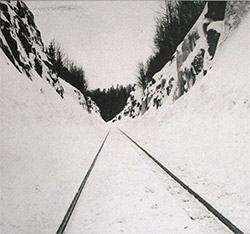
![Yoko, Ono / The Great Learning Orchestra: Selected Recordings From Grapefruit [2 CDs]](https://www.teuthida.com/productImages/misc4/35841.jpg)

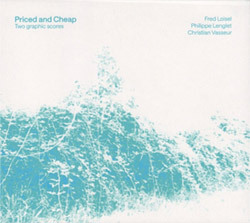
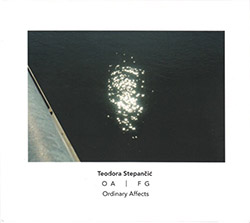
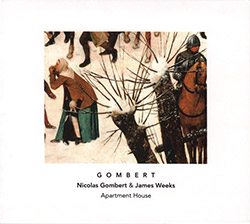

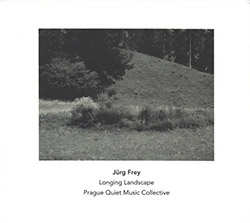
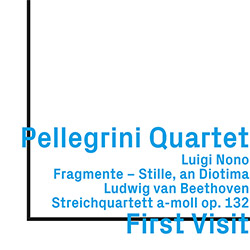

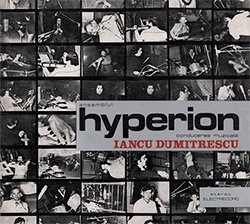
![Zorn, John / JACK Quartet: The Complete String Quartets [2 CDs]](https://www.teuthida.com/productImages/misc4/35609.jpg)
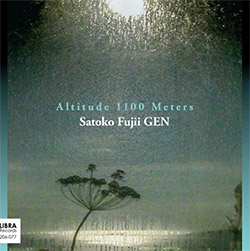
![Lonsdale, Eden: Dawnings [2 CDs]](https://www.teuthida.com/productImages/misc4/35480.jpg)
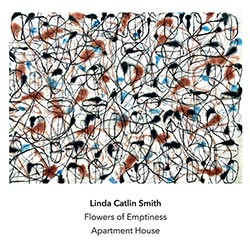
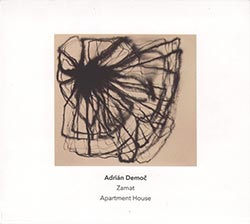

![Sorry For Laughing (G. Whitlow / M. Bates / Dave-Id / E. Ka-Spel): Rain Flowers [2 CDS]](https://www.teuthida.com/productImages/misc4/35985.jpg)

![Rolando, Tommaso / Andy Moor : Biscotti [CASSETTE w/ DOWNLOADS]](https://www.teuthida.com/productImages/misc4/36106.jpg)


![Electric Bird Noise / Derek Roddy: 8-10-22 [CD EP]](https://www.teuthida.com/productImages/misc4/35970.jpg)








![Elephant9 : Mythical River [VINYL]](https://www.teuthida.com/productImages/misc4/34624.jpg)



![Elephant9 with Terje Rypdal: Catching Fire [VINYL 2 LPs]](https://www.teuthida.com/productImages/misc4/35355.jpg)
![Deerlady (Obomsawin, Mali / Magdalena Abrego): Greatest Hits [VINYL]](https://www.teuthida.com/productImages/misc4/34876.jpg)
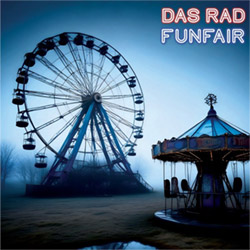
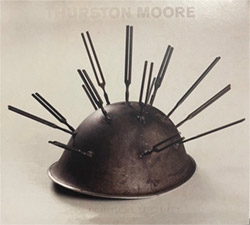
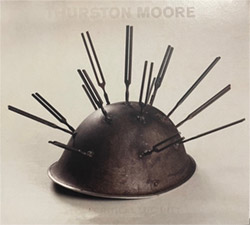
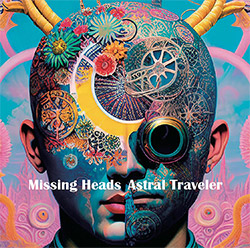
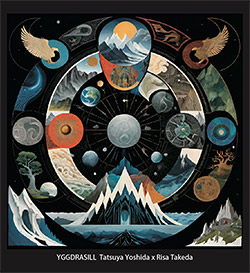
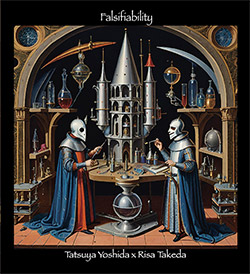
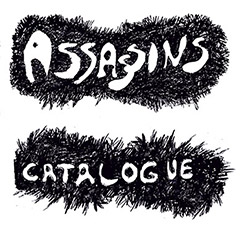
![Surplus 1980: Illusion of Consistency [CD]](https://www.teuthida.com/productImages/misc4/35069.jpg)
![Staiano, Moe: Away Towards the Light [VINYL + DOWNLOAD]](https://www.teuthida.com/productImages/misc4/35037.jpg)
![Coley, Byron: Dating Tips for Touring Bands [VINYL]](https://www.teuthida.com/productImages/misc4/17906.jpg)

![Lost Kisses: My Life is Sad & Funny [DVD]](https://www.teuthida.com/productImages/misc4/lostKissesDVD.jpg)